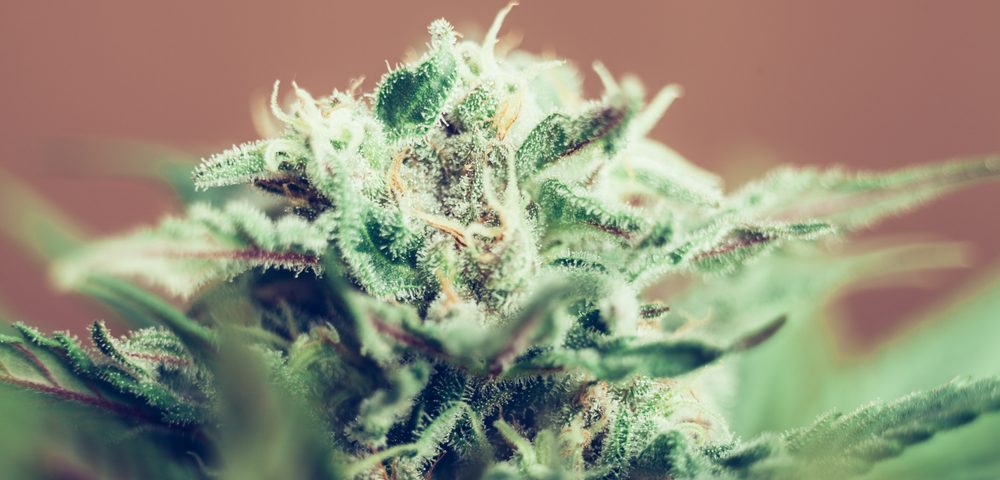As medicinal use of cannabis becomes increasingly accepted among certain patient groups, including people with fibromyalgia, physicians will be progressively pressed to understand its use, effects, limitation and risks to properly inform and guide patients.
The main pharmacologically active chemicals in cannabis are the cannabinoids Tetrahydrocannabinol (THC) and cannabidiol (CBD). THC works by binding to and activating the CB1 and CB2 receptors, and is the ingredient responsible for the “high” people experience with the herb.
According to a special report, “Contemporary Routes of Cannabis Consumption: A Primer for Clinicians,” published in the Journal of the American Osteopathic Association, researchers are particularly concerned about mental health among medicinal cannabis users, as THC has been shown to induce transient symptoms of psychosis among healthy volunteers and is thought to be a risk factor in developing psychosis.
“We have a special concern for young people in their late teens and early twenties, whose brains are still developing,” Jeramy Peters, lead study author, said in a press release. Peters and co-author Joseph Chien, both MDs, are with the department of psychiatry at Oregon Health and Science University in Portland.
Conversely, CBD is thought to have antipsychotic and anxiolytic properties. Regarding their medical utility, moderate-quality evidence suggests that THC may help chronic neuropathic or cancer pain, and that THC and CBD may benefit patients who have spasticity due to multiple sclerosis (MS). Lower-quality evidence suggests that cannabinoids may help nausea and vomiting secondary to chemotherapy. CBD is currently being studied for its possible anti-seizure and anti-inflammatory qualities.
Researchers believe that greater CBD consumption would provide more benefits, without the psychoactive properties of THC.
The report also notes that cannabis strength has been increasing over the past 50 years. During the 1960s, cannabis was typically about 1 to 5 percent THC by weight. Today, many strains range from 15 to 25 percent THC by weight, with some strains reaching 30 percent THC or higher.
When smoked, only about 25 percent of the cannabinoids present in the herb get absorbed. Historically, this is the most common way to use cannabis (also called marijuana, pot or weed). To smoke cannabis, users typically dry mature cannabis flowers and adjacent leaves.
If inhaled through a vaporizer, users can absorb up to 33 percent of the total cannabinoids. Effects are also experienced more rapidly, with intoxication setting in within two minutes and lasting up to four hours.
Taken orally, THC is absorbed inconsistently, the report states, depending on each person’s metabolism. Effects are typically felt within two to four hours after ingestion and can last for up to eight hours. The effect is usually more intense as well.
Homemade cannabis oils and topical products are becoming increasingly popular, including ones that can be made at home with simple extraction or cooking methods. Cannabis oils have grown in popularity in recent years due to their purported anticancer properties; the report’s authors say more research is necessary to confirm that claim.
In the United States, cannabis use is federally prohibited; however, 30 states and the District of Columbia have legalized some form of medical cannabis. This means that more and more people might be exposed to cannabis as a therapeutic alternative. The authors suggest that physicians look at a patient’s family history of mental illness before prescribing medical cannabis products.
Cannabis is strongly discouraged in patients with bipolar disorder, patients who are at risk of developing psychosis, or patients with social anxiety disorder.
The report concludes by stressing the importance of counseling patients who use cannabis, reminding readers that it’s important to convey that smoking-related illnesses can occur, driving can become impaired, and memory, concentration and motivation can be affected. Fungal lung infections are a slight but real risk if someone smoke moldy cannabis.

